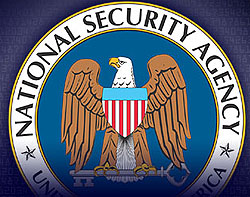 The Declan McCullagh piece on cell phone tracking that I posted about below also contains this interesting tidbit:
The Declan McCullagh piece on cell phone tracking that I posted about below also contains this interesting tidbit:
Two years ago, when the FBI was stymied by a band of armed robbers known as the “Scarecrow Bandits” that had robbed more than 20 Texas banks, it came up with a novel method of locating the thieves.
FBI agents obtained logs from mobile phone companies corresponding to what their cellular towers had recorded at the time of a dozen different bank robberies in the Dallas area. The voluminous records showed that two phones had made calls around the time of all 12 heists, and that those phones belonged to men named Tony Hewitt and Corey Duffey. A jury eventually convicted the duo of multiple bank robbery and weapons charges.
….Update 10:37 a.m. PT: A source inside the U.S. Attorney’s Office for the northern district of Texas, which prosecuted the Scarecrow Bandits mentioned in the above article, tells me that this was the first and the only time that the FBI has used the location-data-mining technique to nab bank robbers. It’s also worth noting that the leader of this gang, Corey Duffey, was sentenced last month to 354 years (not months, but years) in prison. Another member is facing 140 years in prison.
I’m only linking to this because it’s a pretty good guess that this is similar to the kind of data mining that the NSA is doing as part of its warrantless wiretapping program. (See here and here.) Poring through huge databases might provide clues based on patterns of when calls were made or who they were made to that allow authorities to backtrack to somebody they’re looking for.
In other words, it’s potentially genuinely useful, and this is a real-life example of how it can work. Whether or not it should be allowed without a search warrant, however, is a whole different question.

















